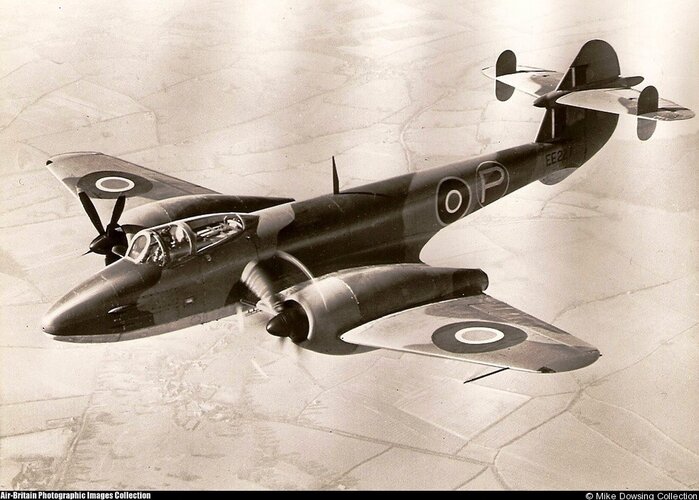NUSNA_Moebius
I really should change my personal text
- Joined
- 26 May 2012
- Messages
- 233
- Reaction score
- 131
Hi everyone,
Including the well known Russian conversions of piston fighters to jets, I wanted to see if anyone had anything on other similar conversions that could be in a nicely consolidated thread of "piston-to-jet theory."
Thanks!
Including the well known Russian conversions of piston fighters to jets, I wanted to see if anyone had anything on other similar conversions that could be in a nicely consolidated thread of "piston-to-jet theory."
Thanks!






